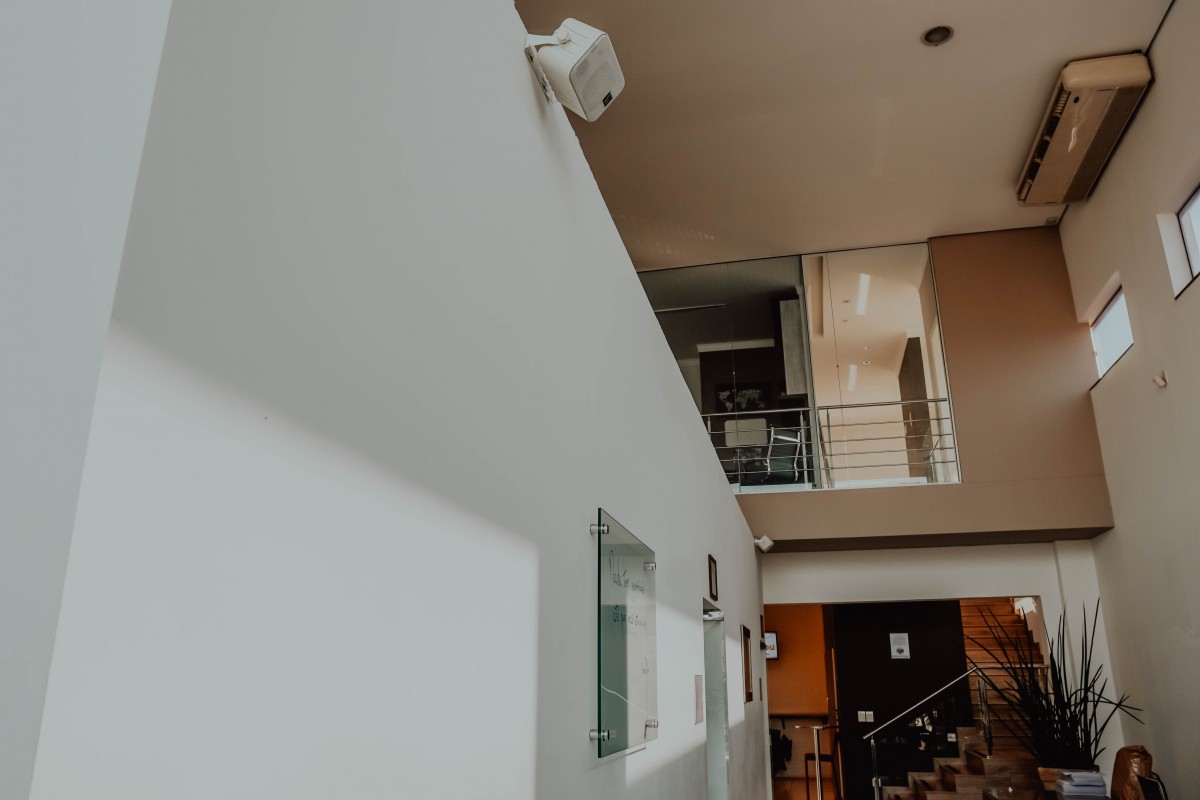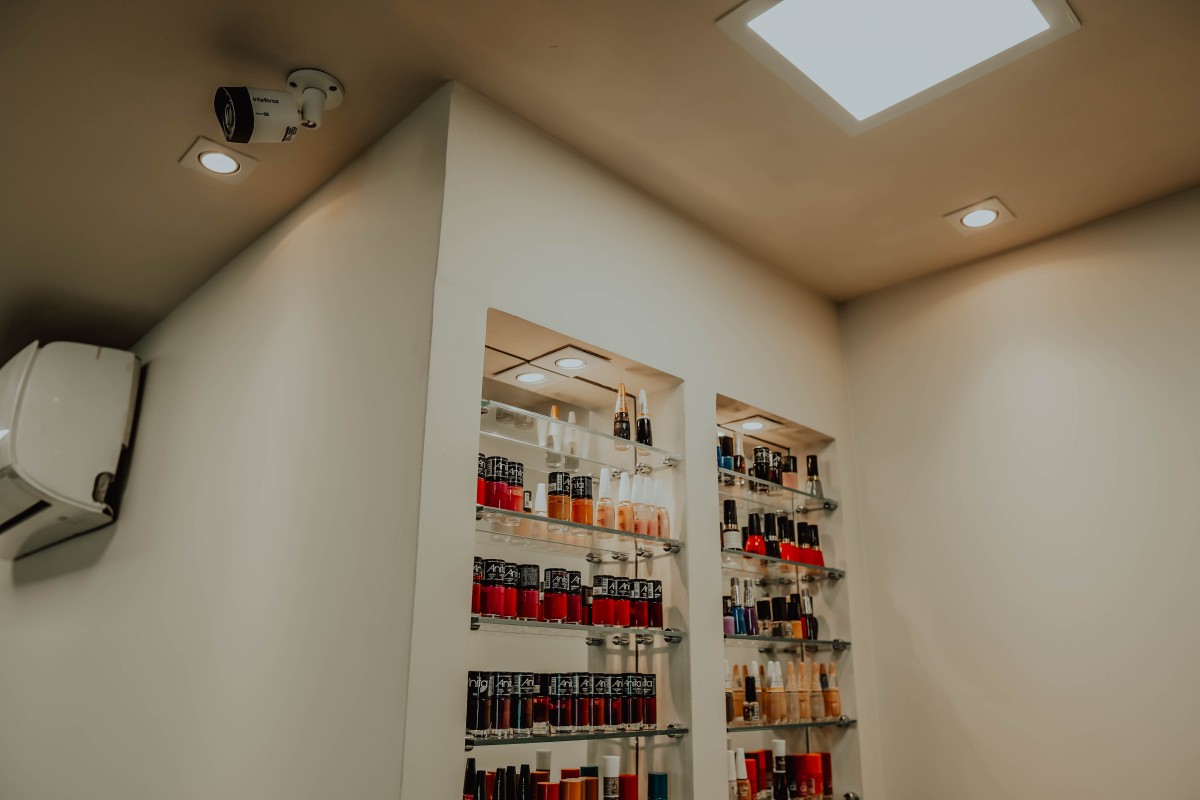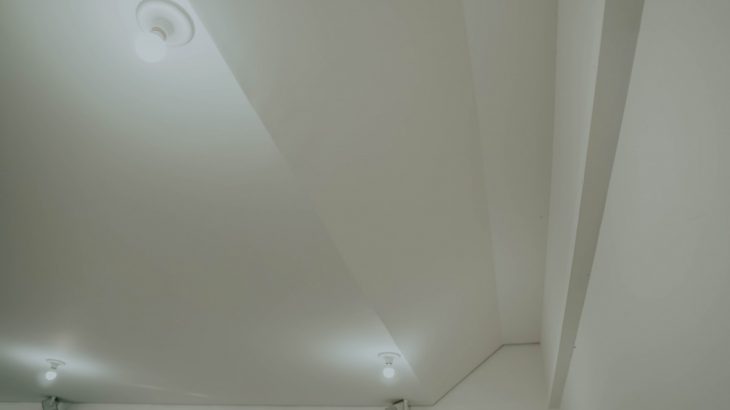What Are the Different Wall Lining Techniques
Contents
– Masonry lining partitions
– Drywalls for lining walls
To reach thermal and acoustic performances in the case of a new construction or improve them during a renovation, the realization of lining partitions or counter partitions can be necessary on the internal face of the external walls or crosswalls (structure) as in the attic under the roof.
There are different techniques for creating these linings:
– counter partitions or masonry lining partitions;
– counter partitions or dry lining partitions.
Zoom on these different lining techniques!
Masonry lining partitions
The masonry partitions are made with concrete or clay elements:
– As for the masonry, the partitions are mounted using mortar, plaster, or mortar glue.
– The vertical joints of the elements are staggered; in no case can they be aligned.
– This wall, once mounted, needs to be covered with a coating.
The plastered brick is the material most used to make masonry lining. This technique is challenging to implement, and it is better to call a professional to have a good result.
Plasterboard partitions are made with molded plaster elements that are garnished with slabs using a mortar adhesive. Their facing (face) is finished; there is no need to coat it.
Good to know: to avoid the appearance of cracks due to the movement of the structure, a resilient strip (cork strip) is placed at the foot and head of these partitions.
Space is reserved for installing a thermal and phonic insulator between the structural wall and the counter partition.
Drywall to line your walls

The plasterboard and insulation complex
The glued insulation complex is a composite panel made in the factory:
– It is made with plasterboard glued on an insulator.
– This insulation can be polystyrene or mineral wool (glass wool, rock wool).
– Several thicknesses are available; the choice is made according to the expected performance.
Good to know: the thickness of the complex is designated by two numbers: for example, 30 + 10, the first corresponds to the thickness of the insulation, the second to that of the plasterboard.
These lining partitions are implemented using adhesive mortar applied directly to the insulation of the complex or on the unseen face of the plate. The mortar is laid out by studs or strips, depending on the insulation.
The lining partition is then placed on the wall, leaving a small space at the foot of the wall, using a wedge.
Good to know: it is possible to cover a wall for aesthetic reasons or make up for defects, using simple plasterboard glued to the wall. The technique is the same as for the implementation of a lining partition.
The counter partition on the frame

Plasterboard is fixed to a galvanized metal frame:
– This framework is composed of rails (horizontal elements) and studs.
– The rails are mechanically fixed at the bottom and top directly into the structure (top and bottom floor), and the uprights are fitted into the rails. The plasterboards are then fixed on this framework.
– Insulation can be placed between the masonry and the counter wall.
Good to know: the plasterboards are designated with letters and a number, for example, bullnose corner 13, that is to say, the long edges of the board are rounded, the number corresponds to the thickness in millimeters of the board. Attention for corner 13, the exact thickness of the plate is 12,5 mm.
A coated strip completes the finish at the joints between the elements of a complex plasterboard and insulation or a counter partition on a framework.
And, finally, it is good to know that gypsum and cellulose fiberboards can be used in counter partitions instead of gypsum boards.



















